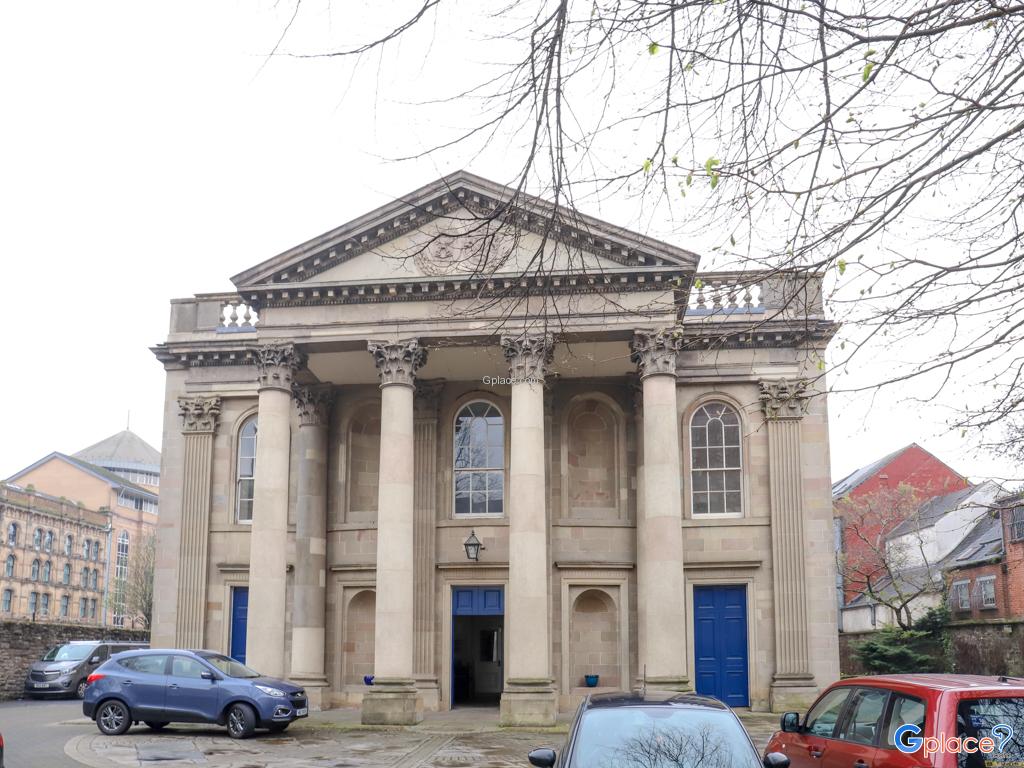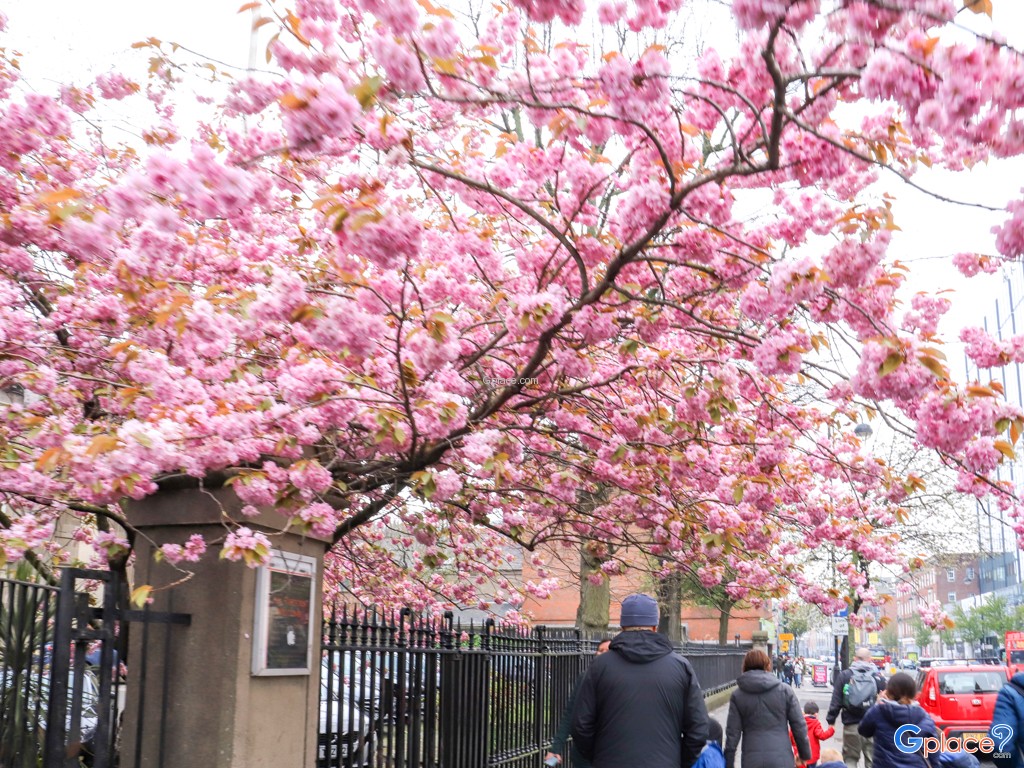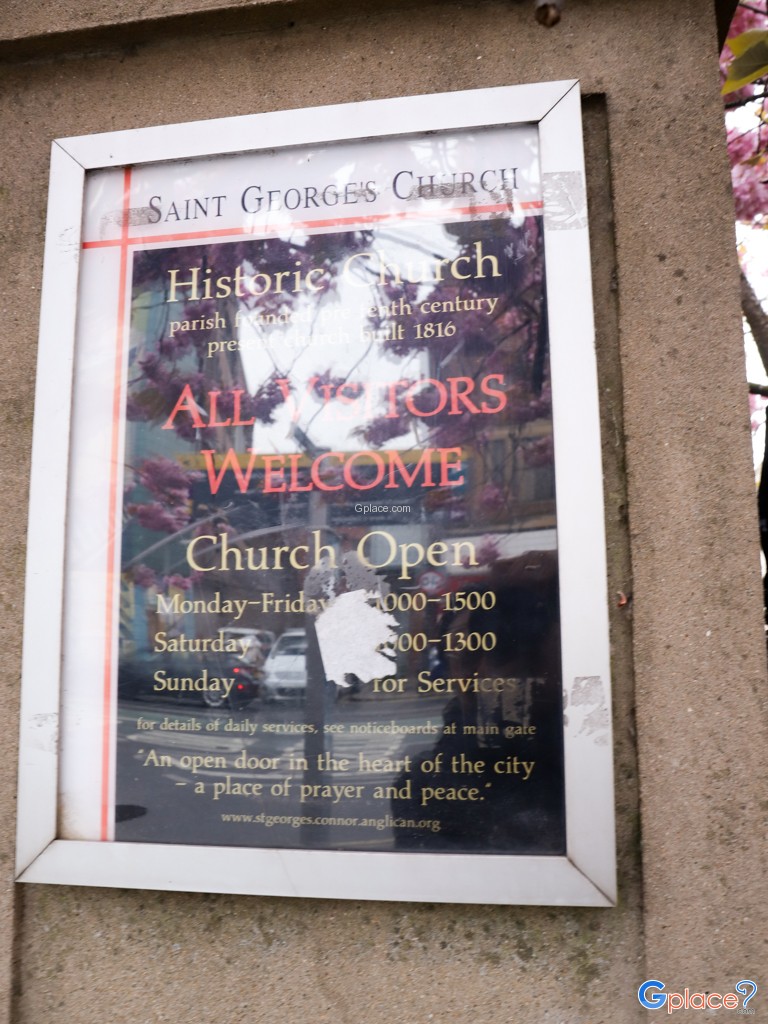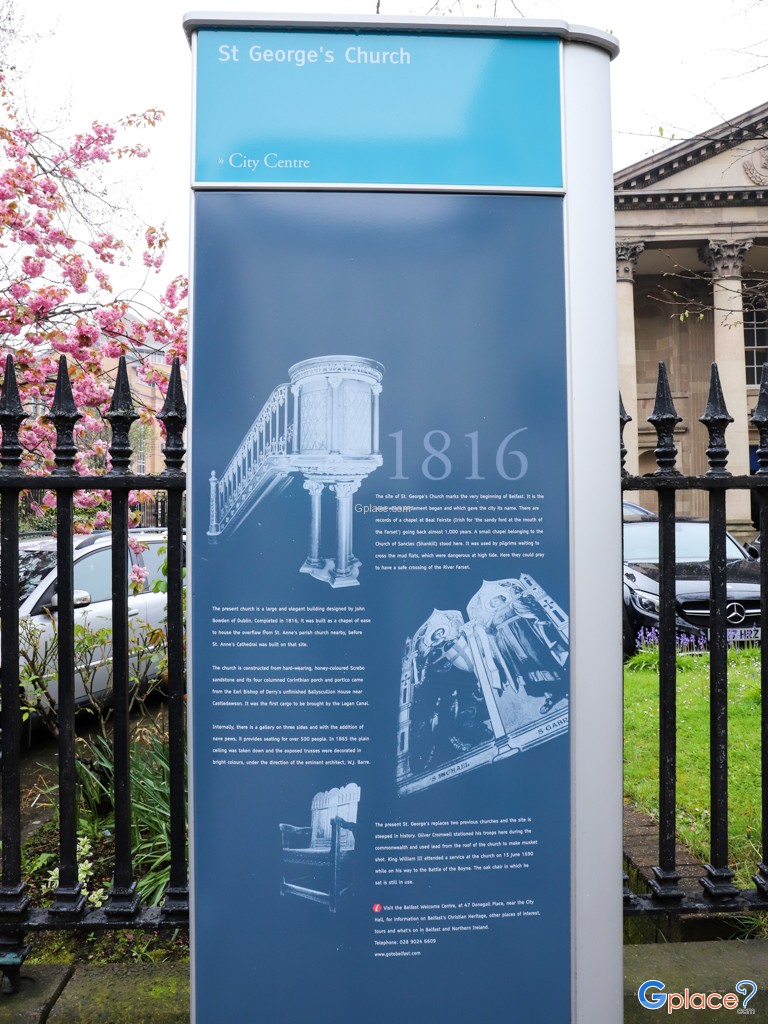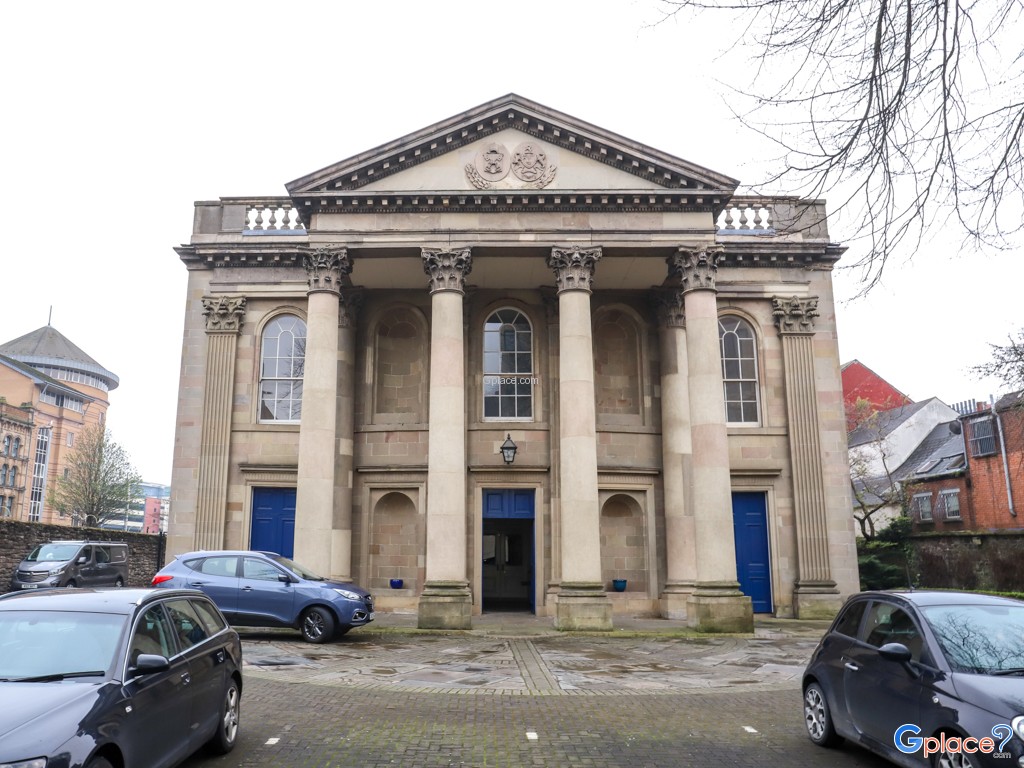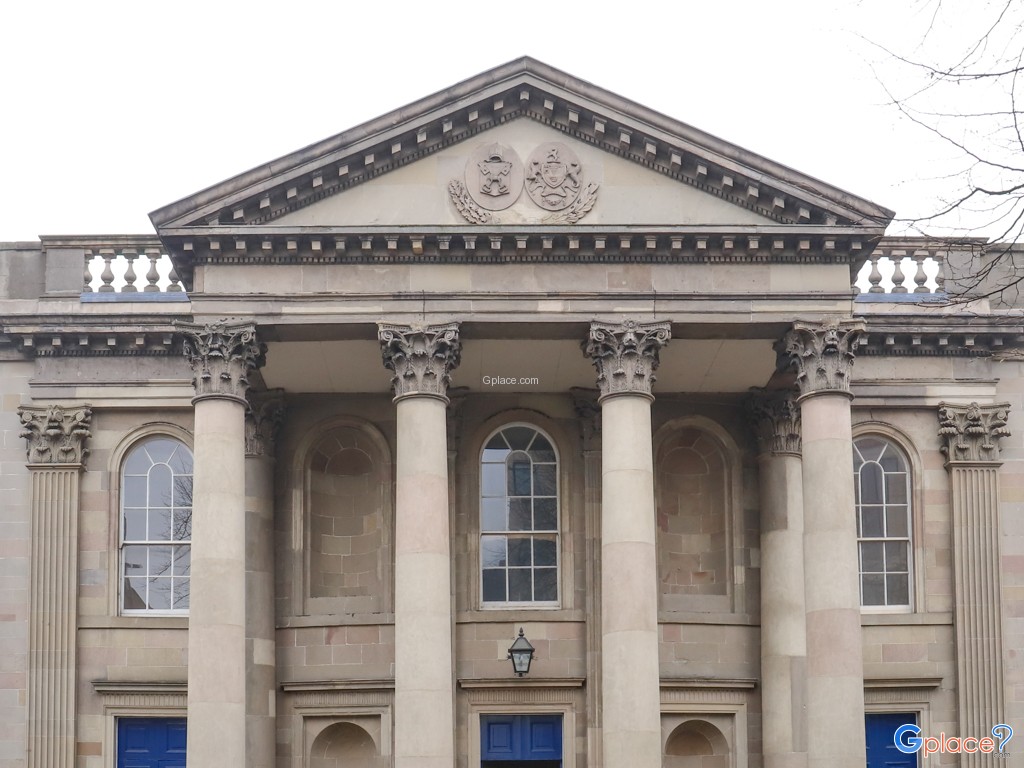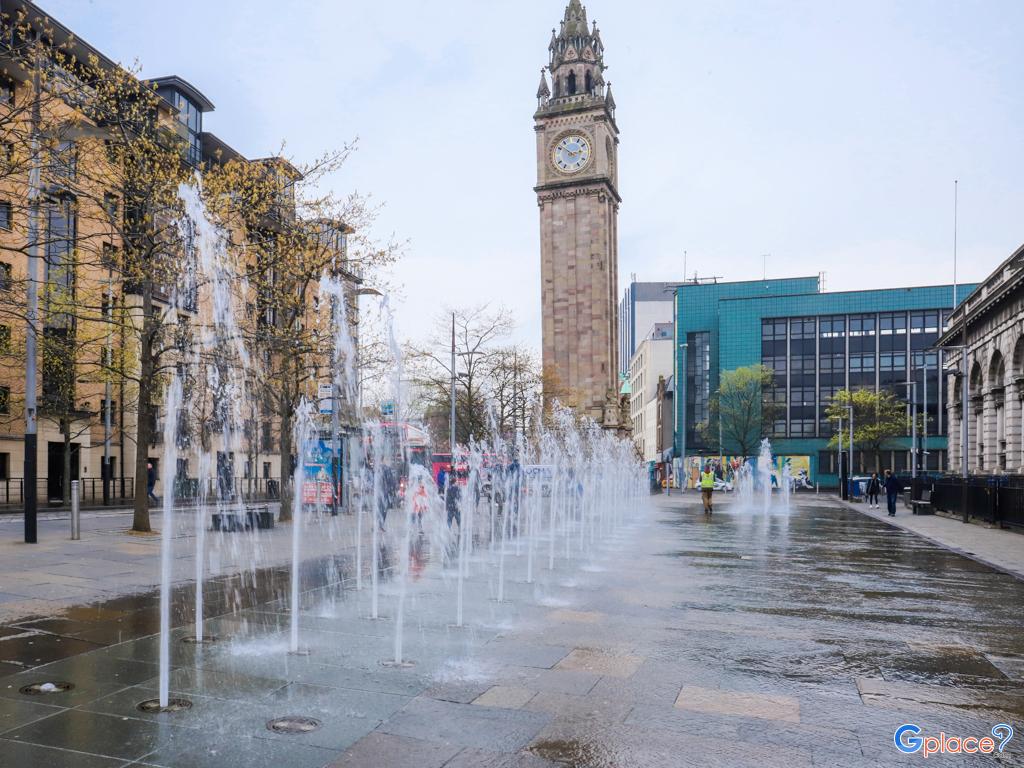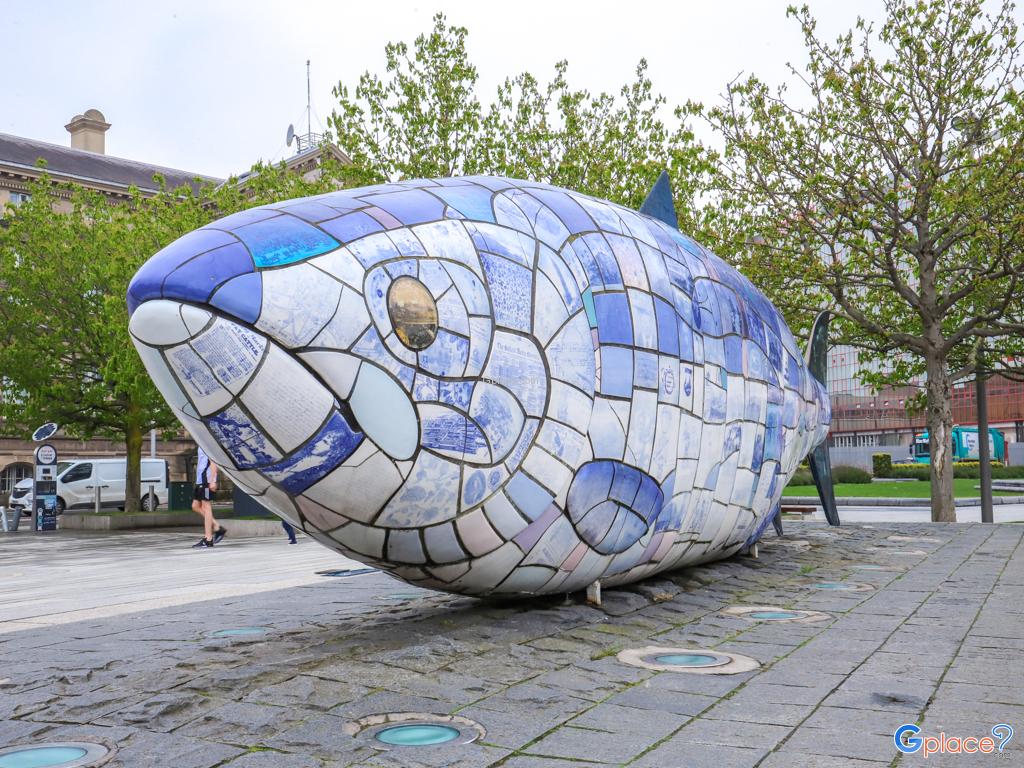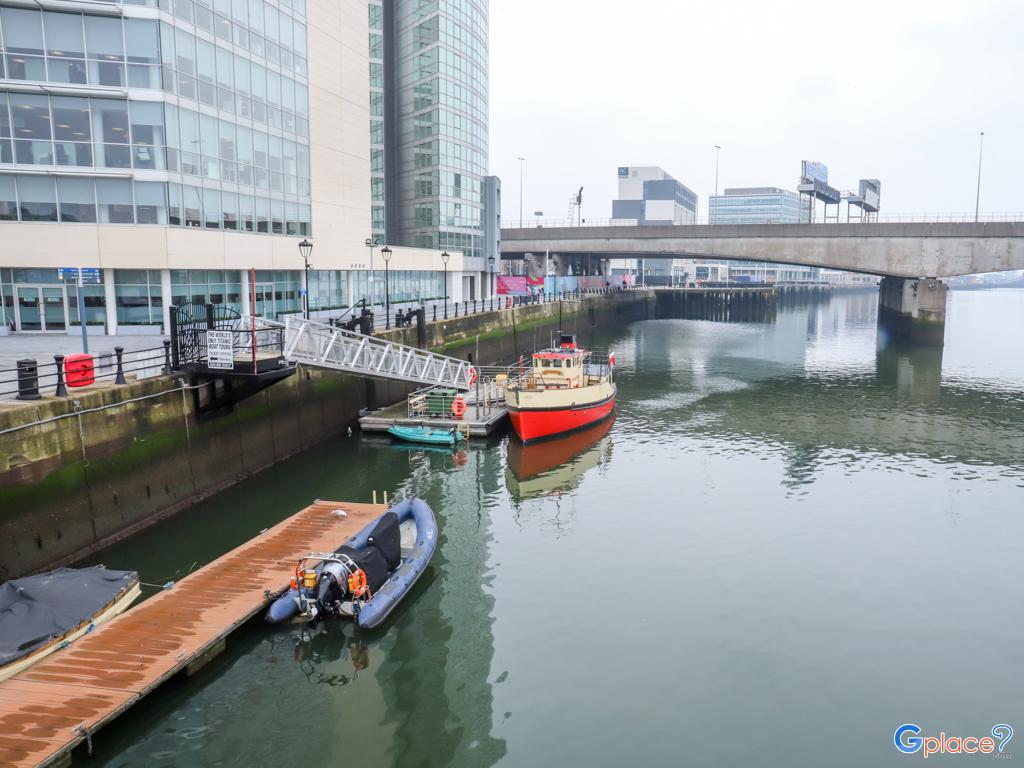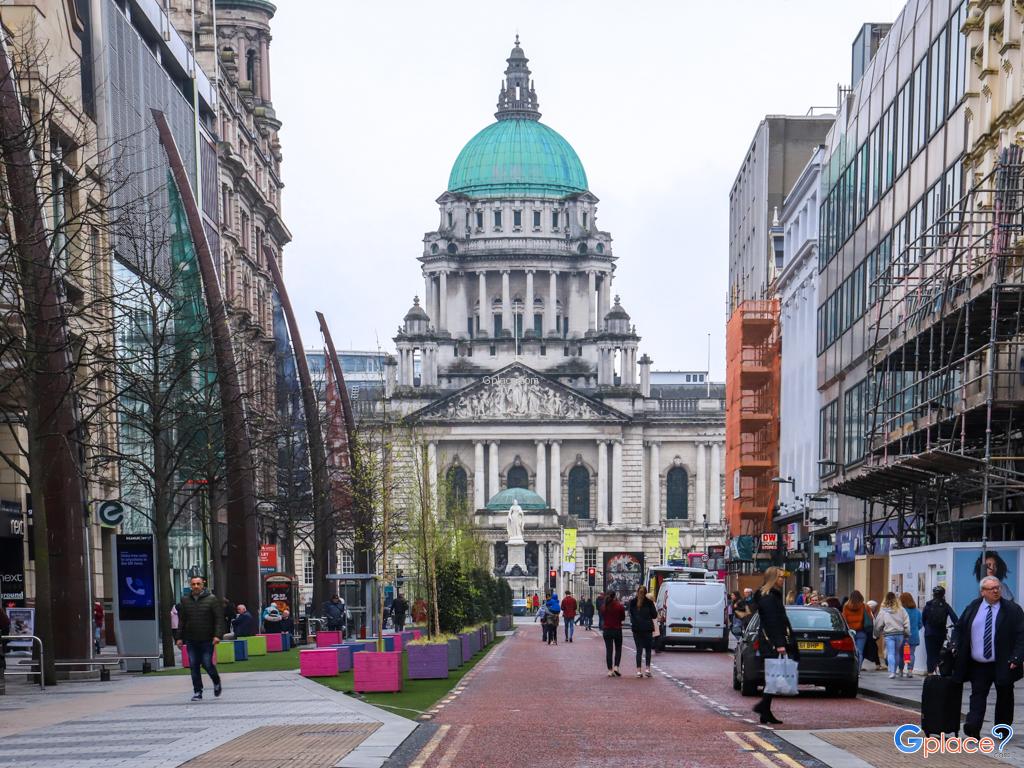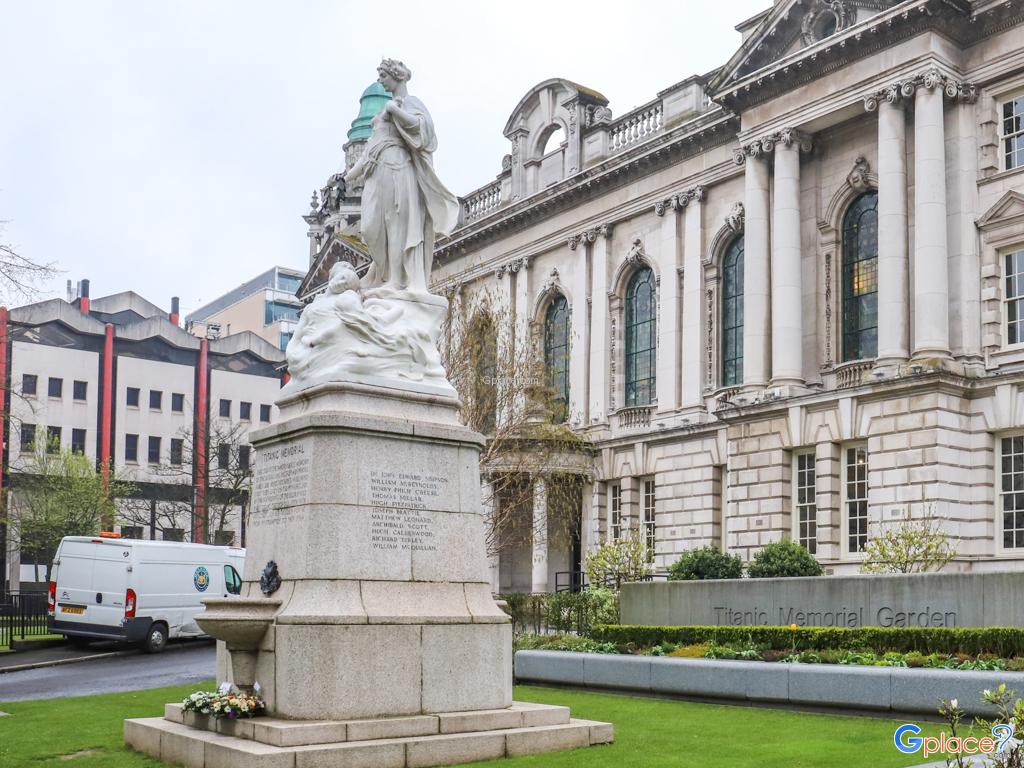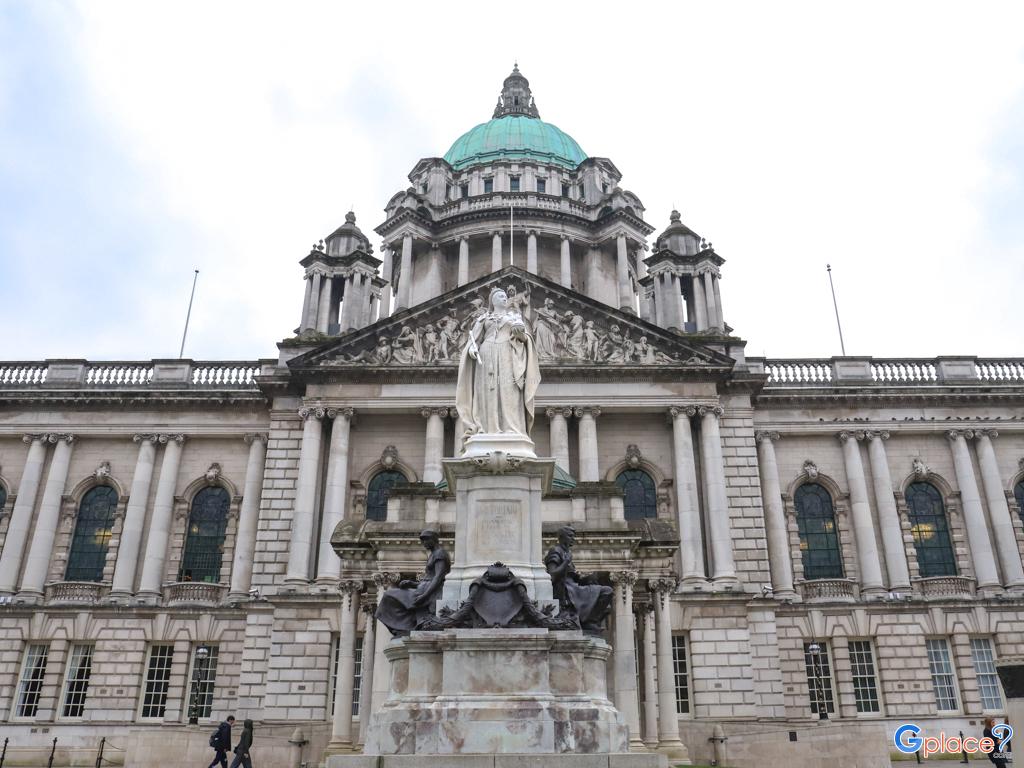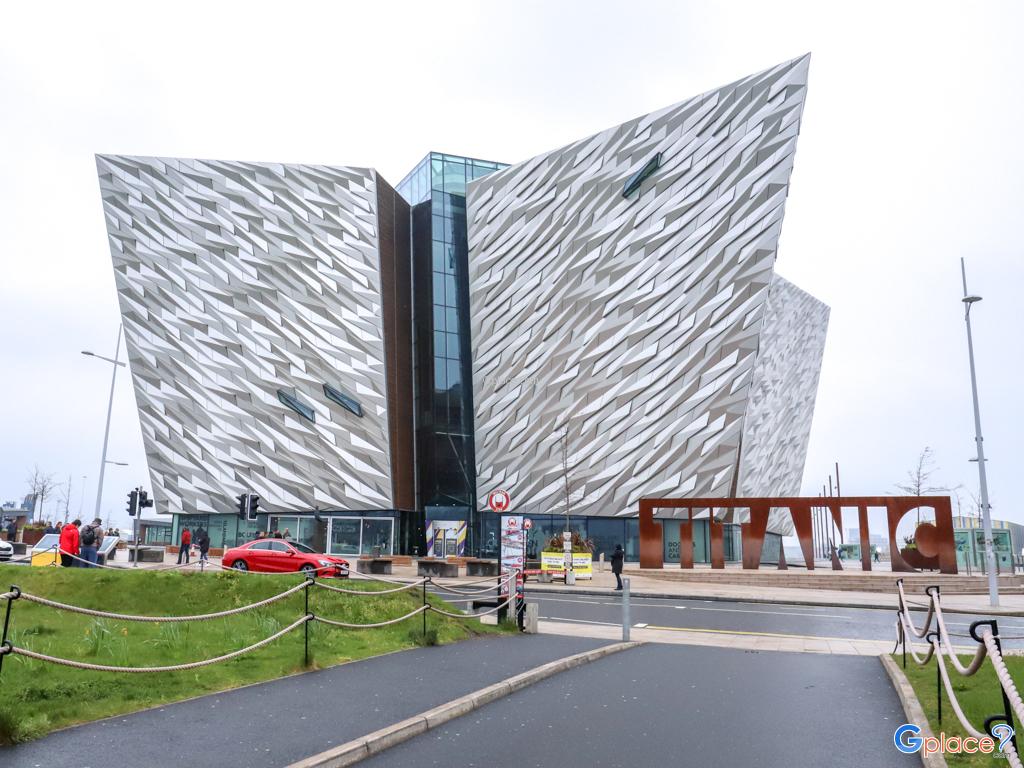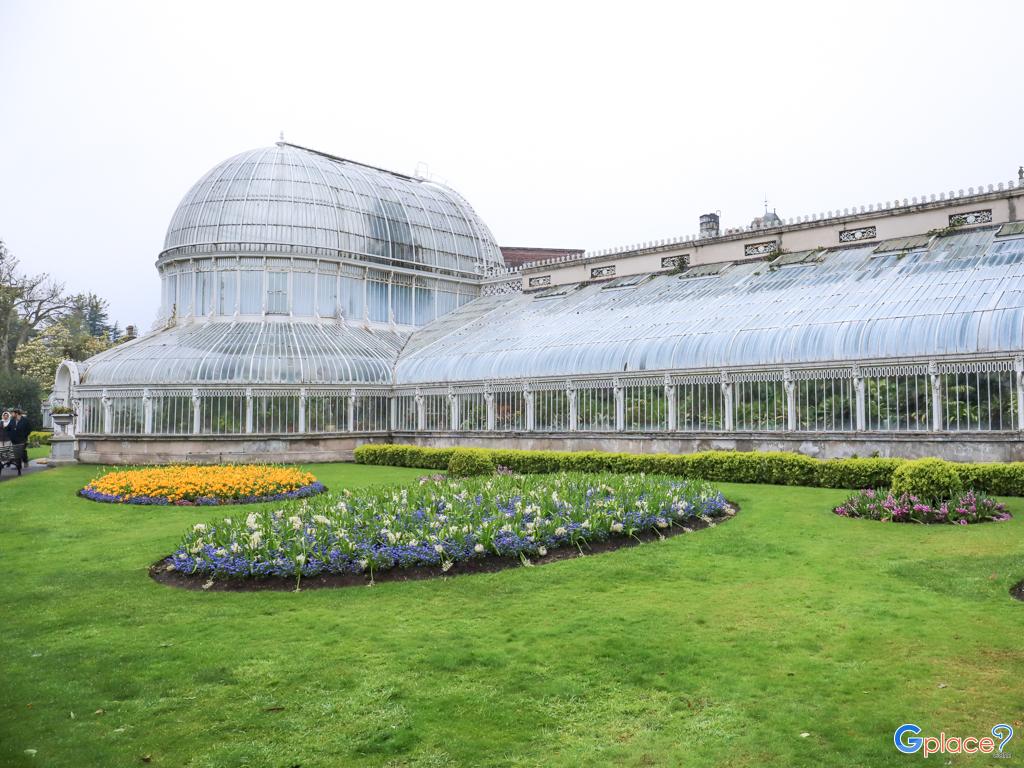“Northern Ireland's oldest church and believer's center of Belfast.”
The site of St. George's Church marks the very beginning of Belfast. It is the place where settlement began and which gave the city its name. There are records of a chapel at Beal Feirste (Irish for 'the sandy ford at the mouth of the Farset') going back almost 1,000 years. A small chapel belonging to the Church of Sancles (Shankill) stood here. It was used by pilgrims waiting to cross the mud flats, which were dangerous at high tide. Here they could pray to have a safe crossing of the River Farset.
The present church is a large and elegant building designed by John Bowden of Dublin. Completed in 1816, it was built as a chapel of ease to house the overflow from St. Anne's parish church nearby, before St. Anne's Cathedral was built'on that site.
The church is constructed from hard-wearing, honey-coloured Scrabo sandstone and its four columned Corinthian porch and portico came from the Earl Bishop of Derry's unfinished Ballyscullion House near Castledawson. It was the first cargo to be brought by the Lagan Canal.
Internally, there is a gallery on three sides and with the addition of nave pews, it provides seating for over 500 people. In 1865 the plain ceiling was taken down and the exposed trusses were decorated in bright colours, under the direction of the eminent architect, W.j. Barre.
The present St. George's replaces two previous churches and the site is steeped in history. Oliver Cromwell stationed his troops here during the commonwealth and used lead from the roof of the church to make musket shot. King William III attended a service at the church on 15 June 1690 while on his way to the Battle of the Boyne. The oak chair in which he sat is still in use.
Visit the Belfast Welcome Centre, at 47 Donegall Place, near the City Hall, for Information on Belfast's Christian Heritage, other places of interest, tours and what's on in Belfast and Northern Ireland.




